Gaet’ale Pond – The Saltiest Body of Water on Earth
GAET’ALE POND IS THE SALTIEST naturally-occurring body of water on Earth. It also belches out toxic gas that kills small birds, insects and, potentially, humans.
The Afar Depression in northern Ethiopia is one of the most tectonically active regions in the world. Shaped by volcanic activity, the floor of the depression is largely composed of lava, and the area is riddled with fascinating natural formations that bake in the scorching sun.
Location and origin of Gaet’ale Pond
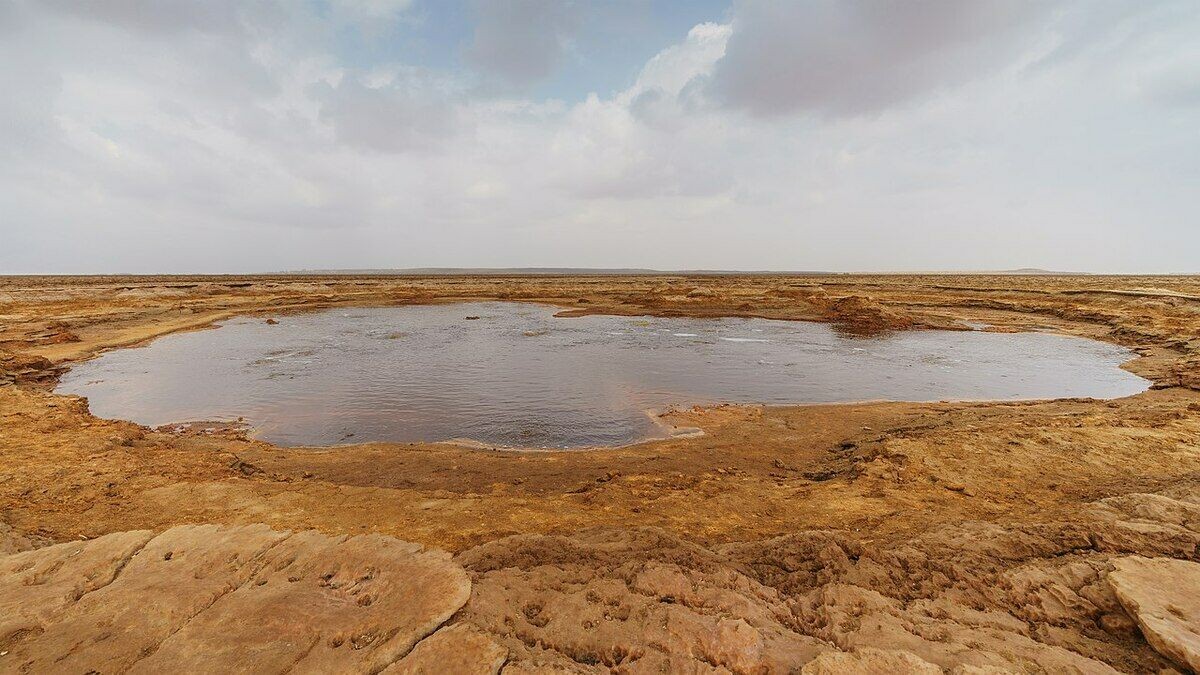 |
| Gaet’ale Pond. A.SAVIN/FREE ART LICENSE |
Gaet'ale Pond is the largest of a series of small ponds located approximately 4 kilometres (2.5 mi) southeast of Dallol springs. It is crescent-shaped with a diameter of about 60 metres (200 ft).
According to residents of the nearby village of Ahmed'ela, an earthquake in January 2005 reactivated a thermal spring and the pond was created. For this reason its temperature of 50–55 °C (122–131 °F) is hotter than the environment.
Why is it called “The Saltiest body of water on Earth”?
To put into perspective just how salty Gaet’ale actually is, you should know that the Dead Sea, the world’s most famous hypersaline body of water, has a salinity of 33.7%, while the world’s oceans have an average salinity of 3.5%. The water in this small pond is so overly saturated with iron salts that it feels greasy on the hand, as if it were oil. The locals in this part of Ethiopia sometimes call it “oily lake”, because of how oily the water feels. But some call it “killer lake”, because of the toxic gases emitted through the surface of the water, and the perfectly preserved carcasses of birds and insects on its shores are warning of the danger of getting too close to the water.
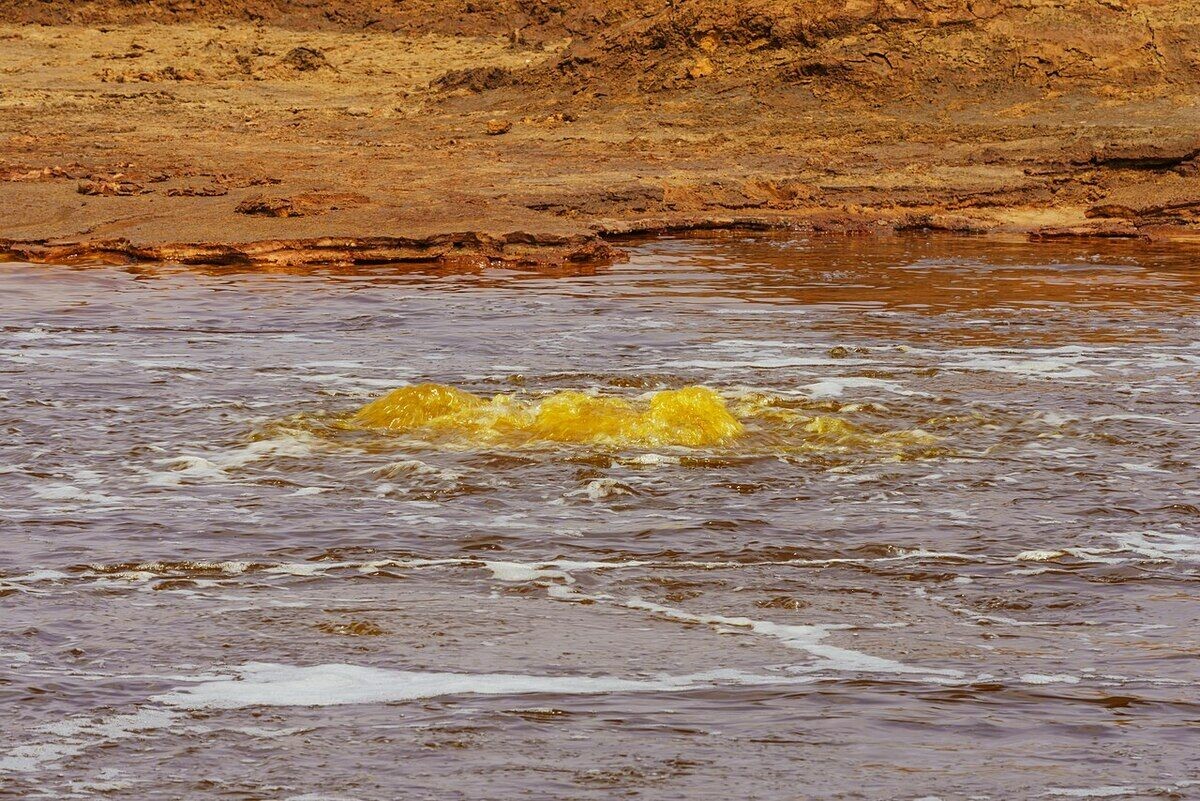 |
| Hot water bubbling up in Gaet’ale Pond. A.SAVIN/FREE ART LICENSE (CREATIVE COMMONS) |
Although the Danakil Depression, a geological depression that resulted from the divergence of three tectonic plates in the Horn of Africa, is unique to Ethiopia and therefore a popular attraction of geological tourism, experts warn that tourists should take caution around Gaet’ale and the other nearby salty pools. The level of toxic gases, most likely volcanically produced CO2, can sometimes be high enough to kill adult humans, especially near the surface, where gasses tend to accumulate.
The dozens of bird carcasses observed by scientists performing a study at Gaet’ale serve as a warning to anyone who wants to get close. While the birds may have drunk the extremely salty water, it was most likely the CO2 that killed them. The extremely salty water was what preserved their bodies though, acting as brine and effectively pickling them. Some of the birds appeared to have been dead for quite some time, as their bodies were partially encased in salt.
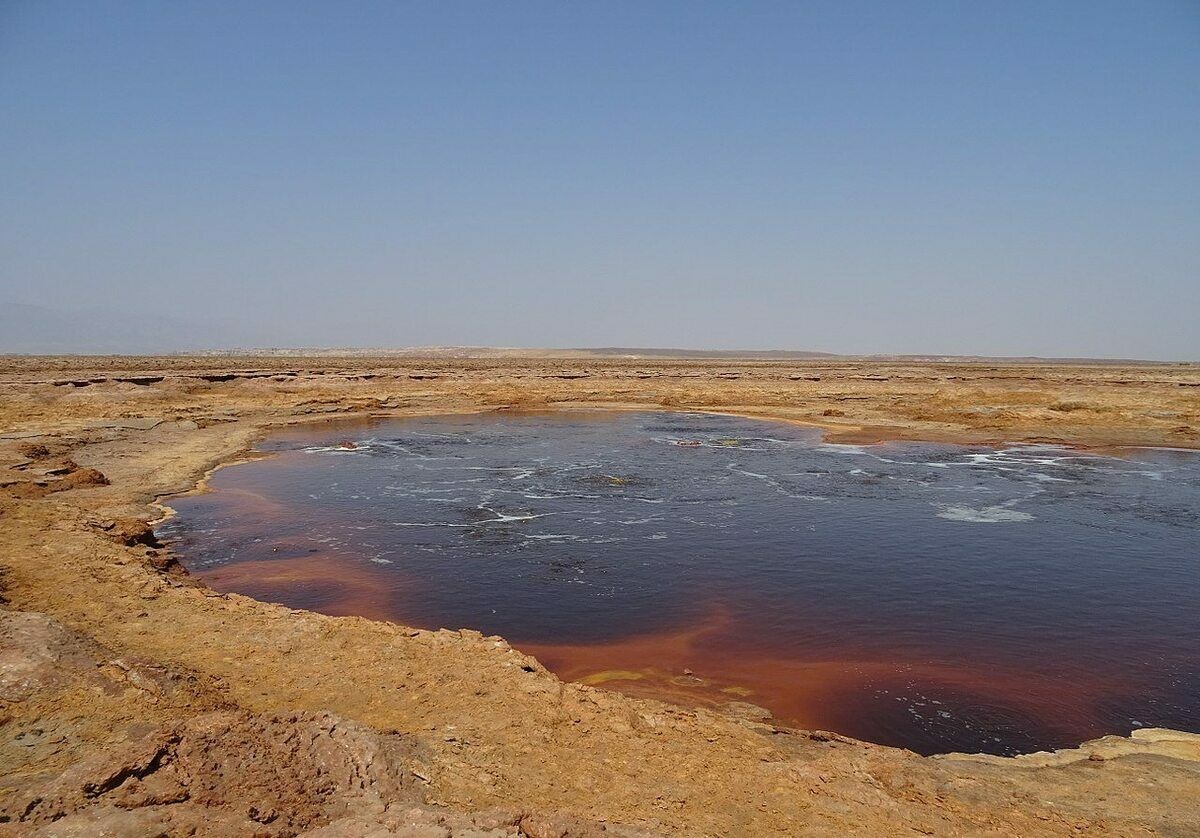 |
| Gaet’ale Pond. RUBEN.MELCON/CC BY-SA 4.0 |
No one knows exactly how old Gaet’ale is, but according to Landsat satellite imagery taken on 6 February 2003, it existed in roughly the same semi-circular shape. However, it was a 2005 earthquake that reactivated the volcanic spring that continuously feeds it with extremely salty water.
Reaching a temperature of around 50 – 55 degrees Celsius, the water of Gaet’ale Pond may seem inviting, but it’s actually extremely acidic, with a pH of 3.5 to 4, and could expose clueless bathers to scalding.
Going near the surface of the lake is also not recommended for tourists, as the salty crust that continuously forms around it may be brine-saturated and very weak, and may not support the weight of a person.
Attractions around Gaet’ale Pond
Gaet’ale Pond is located about 2.5 miles to the southeast of Dallol, a sparse settlement (some call it a ghost town) in the Afar Region of northern Ethiopia. The nearest town is Berhale, about 31 miles to the southwest (as the crow flies), which is reached by heading east off Ethiopian Highway 2. The region has very minimal tourism infrastructure, so you need to plan ahead carefully. Tour companies also offer multiday trips to the Dallol area, which typically include Gaet’ale Pond. As mentioned above, be careful when approaching the pond as the gases can be harmful to humans.
Dallol
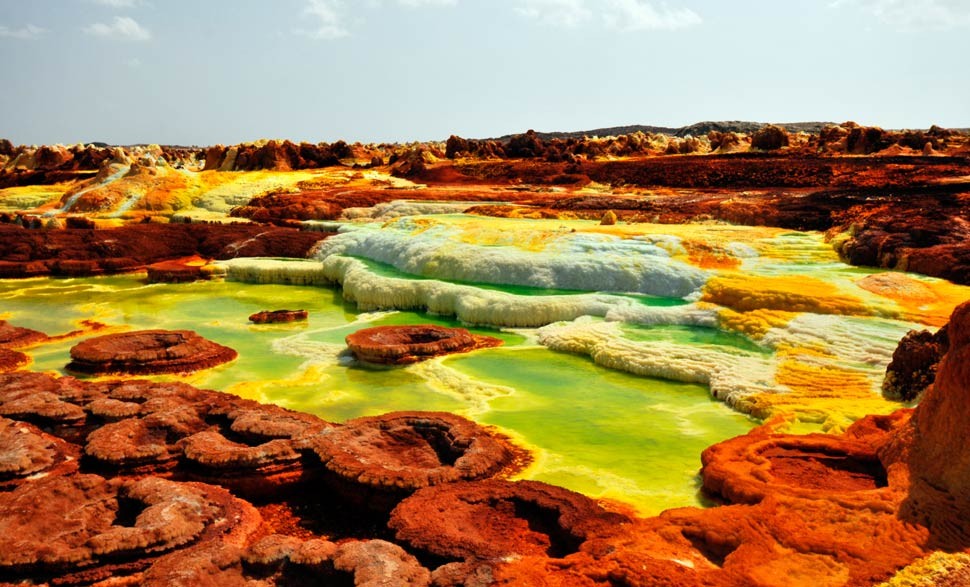 |
| Photo: Alamy |
Dallol is a cinder cone volcano in the Danakil Depression, although its unique geology means it lacks any of the archetypal volcanic looks. Instead, Dallol is a canvas of bright green, reds, and yellows distributed across hundreds of hot acidic springs and mounds of salt deposits.
The hydrothermal activity below the Dallol crater is responsible for this kaleidoscopic landscape. As groundwater diffuses across from the highlands, it is heated by the magma below Dallol and pushed through the crater, dissolving salts and other minerals in the process. These minerals oxidize to create colourful, supersaturated hot springs. The intense heat of the Danakil then evaporates the water, leaving behind colourful salt formations that demarcate the springs.
The wild Dallol landscape is the result of ongoing geological processes, which means Dallol is an extremely dynamic landscape, with new springs and salt formations arising continuously. Although similar in appearance to colourful springs of America’s Yellowstone National Park, Dallol’s colours arise from inorganic, geological processes, rather than biological ones.
The intense heat of the Danakil Depression, combined with the extreme concentrations of salts, potash, and other minerals in the hot springs makes Dallol prime research ground for poly extremophile microbes, which may hold clues as to how life began on Earth, and how life might exist on other planets like Mars.
Safety
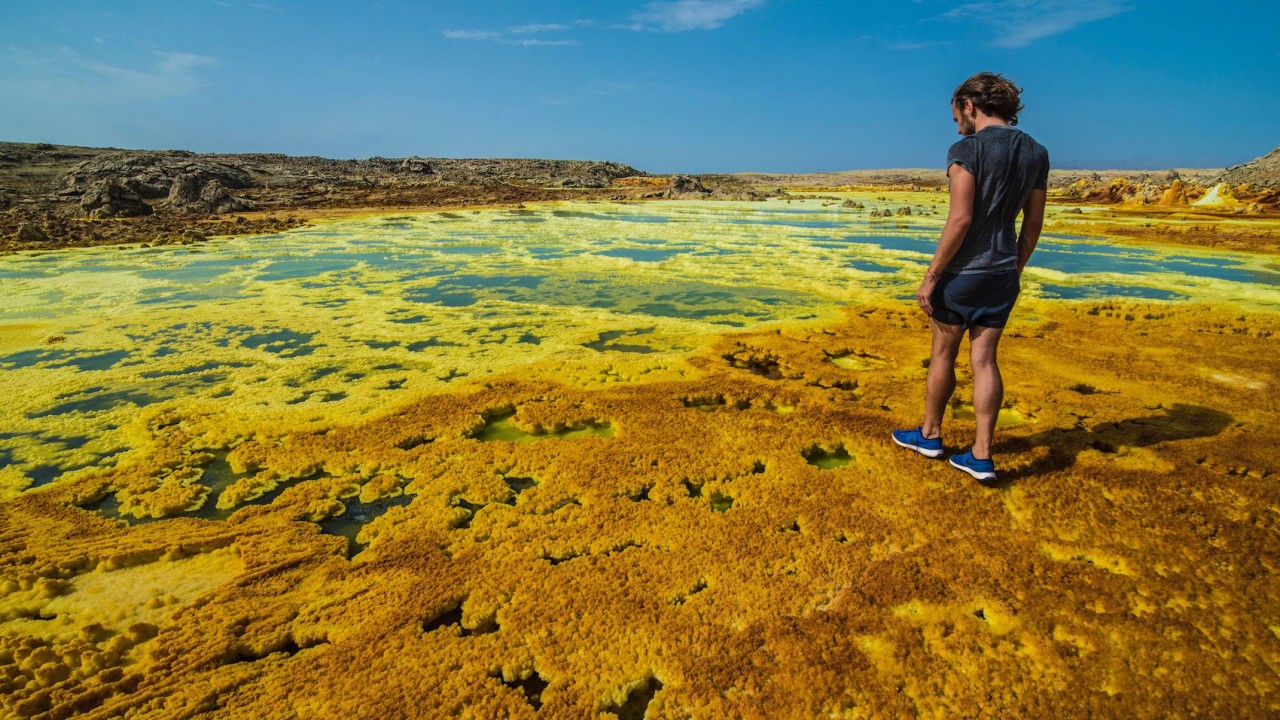 |
| Photo: Robert Shcrader |
Dallol is an extremely dynamic region with new springs and salt mounds created on a daily basis from the perpetual hydrothermal activity below the volcano. A by-product of the beauty created by this process is an unstable flooring that must be expertly navigated by local guides who visit the region every week.
The salt deposits in some areas may only be a few inches thick and below these sits hot, supersaturated acidic springs. Robust footwear is essential, and you must follow the guidance of the local guides at all times.
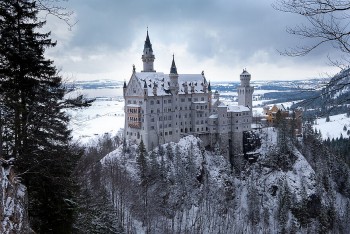 | The Most Beautiful Castles Around The World Through Dutch Photographer’s Lenses Vincent Croce, a Dutch photographer, has travelled around the world and Europe to capture the mesmerizing beauty of the ancient castles. |
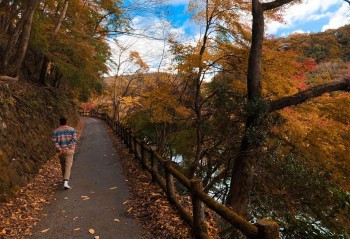 | Autumn in Japan Through a Vietnamese Lens In Autumn, Kyoto is covered with red and yellow leaves forming part of the slow pace of life in the ancient capital. |
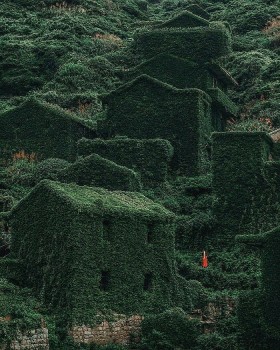 | 12 Breathtaking Forgotten Places And Ruins Around The World 12 breathtaking forgotten places, ruins and historical relics, shared in the ‘Abandoned Beauties’ Facebook group. |
Recommended
 Travel
Travel
Vietnam Through Australian Eyes: Land of Flavor, Warmth, and Timeless Charm
 Travel
Travel
Strategies for Sustainable Growth of Vietnam’s Tourism from International Markets
 Travel
Travel
Vietnam Strengthens Its Presence On The Global Tourism Map
 Multimedia
Multimedia
Phong Nha-Ke Bang National Park Named Top Adventure Travel Site
Popular article
 Travel
Travel
Vietnam Welcomes Record-High Number of International Visitors
 Travel
Travel
Luxury Train From Hanoi To Hai Phong To Be Launched In May
 Travel
Travel
Phong Nha Named Top Budget-Friendly Travel Destination for Spring 2025: Agoda
 Travel
Travel







